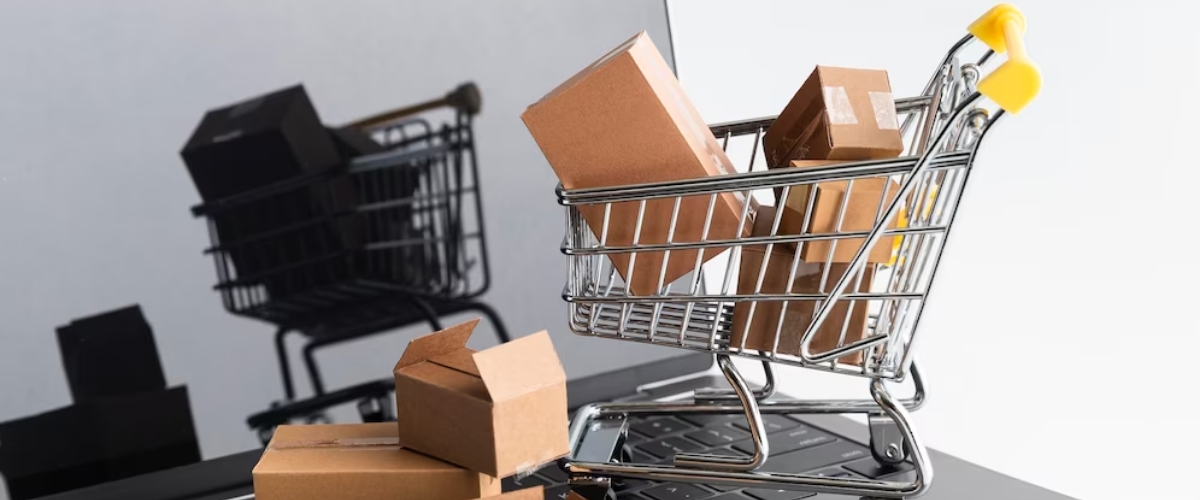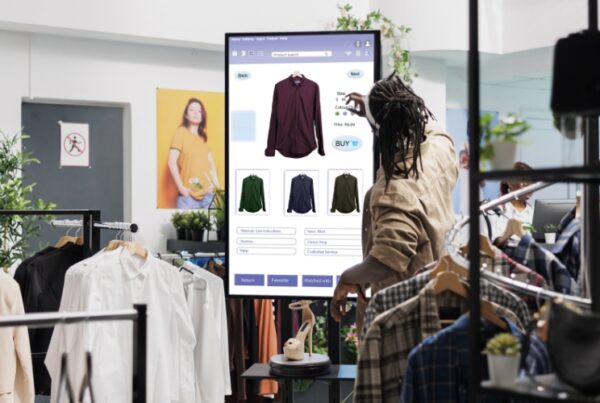If retail was a boxing match, who can possibly be the winner? Will it be the veteran brick-and-mortar physical store or the newbie online e-commerce store?
For entrepreneurs like you who want to build a shop that can attract greater sales opportunities, one of the questions you may ask is: Should I begin my business with a physical store, an online store, or both? Which will really work well for your business?
In opening a store of any kind, you must consider your products or services, business goals, and target consumers. To help you weigh in your business decisions better, here are the pros and cons of selling on a traditional physical store VS selling online.
Startup and Monthly Maintenance Costs
In building a business start-up, you have to be wise in choosing when and where to spend your money. If possible, avoid spending thousands of dollars on a business idea that you aren’t sure about. To help you, here is a brief cost analysis between online and offline business options:
 Traditional Physical Store:
Traditional Physical Store:
Setting up a traditional physical store may require a lot from your budget at once – for advance deposit and monthly dues for retail lease, renovations, sign creation, utilities, shop fittings and equipment, salary of staff, and marketing collateral.
An initial investment of more or less $10, 000 is required for store renovations, sign creation, utility and lease deposits, lease closing costs, equipment costs, etc.
Monthly, you’ll have to prepare another $10, 000+ to pay for your monthly lease, at least two staff members’ wage, utilities such as electricity, and other bills.
Online E-Commerce Store:
Setting up an online store is less costly than setting up a physical store. You just need to find a to help you create a custom e-commerce website. You need to prepare at least $6, 000 to build your online shop.
Besides having a customized e-commerce site, your initial investment will also cover complete shopping cart functions, analytics, blog integration, reviews and rating features, etc.
Monthly payables will be for web hosting and technical and marketing support. With less cost, your store can even run 24/7.
Sensory Information and Experience
Physical retail stores have an edge over online stores in terms of fulfilling sensory information and experience. With physical stores, customers can try, hear, feel, taste or smell a product before making their purchase. Especially for fashion stores, customers prefer to try on clothes and shoes first before making a buying decision.
Online e-commerce stores can’t give that full sensory experience to their customers. But, for other products that are primarily based on visual information, the sensory experience is just the same with physical stores. Examples of products sold online that find no problem with this feature include books, paper products, audio CDs, etc.
Although online shopping can’t give the shoppers a privilege to feel the item personally, it offers 24/7 access, convenience, and easier product searching and browsing. These unique qualities of an online store attract shoppers as well.
Potential Customer and Market Reach
Unlike a physical store’s limited audience, an e-commerce store’s potential audience is limitless. Potential customers can view your online store anywhere across the world. Because the Internet is open 24/7, customers can also view, browse, and purchase your products anytime they want to. Your store’s opportunity to sell doesn’t have closing hours. This unlimited shopping time will be convenient for you and your customers.
However, many e-commerce sites are now vying for attention and ranking on search engines. If you are selling a product that is already offered by already established brands, it will be a bit difficult to break in. You need to work out your rankings on the popular search engines like Google and Bing to get found by potential shoppers.
On the other hand, if you are selling your products in a shop owned by a big store such as a supermarket or department store, then there is an assurance that your products will sell. Your products will benefit from their advertising, marketing, and distribution strategies. They can help you increase your product’s exposure. But, it will still be limited to that physical store’s location.
Your Working Hours and Location
One of the great advantages of having an e-commerce store is having a flexible working schedule. You can choose to work from home at any hour you want to. It also opens up the opportunity to serve other commitments while your website works for you 24/7. Running a physical shop requires your long hours of physical presence while in an online store you can set up an automatic order processing you can monitor from time to time.
With an online store, you can work anytime and anywhere. You can even have a full-time job and still run your online shop at the same time. However, some shoppers may still prefer personal interaction in physical stores to make a purchase.
So, which is really the better choice?
Indeed, an online e-commerce store offers promising benefits to your business the same way a physical store does. They both have their owns set of pros and cons. See which between these two benefits you and your business the most. Or, try to have an omnichannel or brick-and-click store instead? A physical store and an e-commerce store can work better hand in hand.
An online store significantly influences purchases from retail stores, and vice versa. 3 out of 4 customers who find online product information from a website has higher chances of visiting a physical store. Likewise, 22% of consumers spend more in physical retail stores when digital channels are involved. The match is over. It’s a draw. Is it better to have both instead?
According to statistics, 84% of customers find it better when retailers integrate their offline and online channels. Shoppers today find it more favorable when they are provided with a seamless omnichannel experience. They want the best of both worlds. Having to offer your customers both an online and offline store can improve their shopping experience and drive you more sales.
Still, there is no one-size-fits-all strategy for making a business work and find its way to success. The choice and decision are still yours to make. Consider the pros and cons of the two types of channel explained above and see which works best for your products or services. Happy selling!












